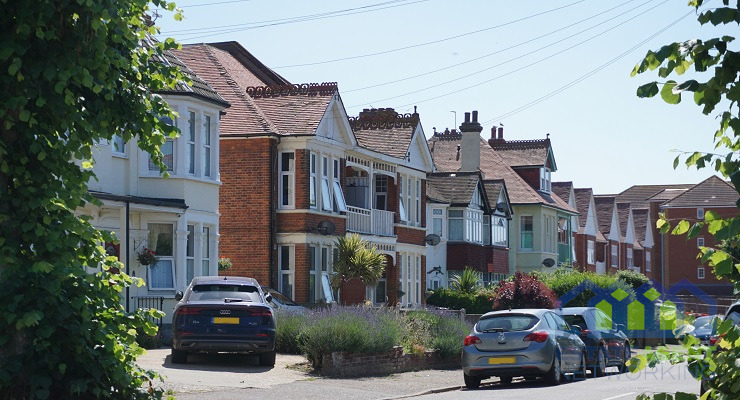The pros and cons of renting to students: is it the right choice for you?
Student properties are no different in term of quality and facilities than any other type of private rental. And although landlords may have to spend a fair amount on setting up and properly maintaining student lets, they can also charge a good market rent.
To help you decide whether letting to students might be worthwhile for you, here are some of the main things to know:
5 key benefits of letting to students
Demand is high. The Higher Education Policy Institute projects that an additional 358,000 university places overall will be needed over the next decade.
Supply is not meeting demand. PBSA is failing to meet its new building targets, and investment and delivery of new units are both down, thanks to the recent high inflation and high construction costs. Students all over the UK have been struggling to find accommodation for several years now, with some universities offering financial incentives to live off-campus and commute. So the reality is that the market is relying on private landlords to help bolster the supply.
Yields are usually higher than for ‘standard’ lets. Even though maintenance and management costs are higher for HMOs, charging on a price-per-room basis brings in much more rental income than you’d get from letting the property to one household.
And rental growth for student lets has been strong in recent years. Here are the average rent increases over the two years from 2021/22 to 2023/24 in four of the UK’s key university cities, according to HEPI:
- Exeter +16.1%
- Nottingham +15.5%
- Leeds +14.7%
- Bournemouth +11.2%
Void periods are rare. Although the academic year only runs September/October to June/July, it’s common for students to sign a 12-month rental contract – with many choosing to stay and work in their university town/city over the summer.
When the Renters’ Rights Bill passes and there is the possibility that fixed-term rental agreements are scrapped (this applies to rentals in England only), there potentially could be changes of student occupants during the academic year, however with demand continuing to be high it is likely that students will still want the security of continuing accommodation, especially given the ongoing shortage. And because students tend to plan ahead for their next year’s accommodation, they will generally sign a rental contract well in advance.
The rental income is fairly secure. Students tend to be reliable when it comes to paying rent, as most have grants, part-time jobs or parents helping them out. And you have two ‘layers’ of security as a landlord:
You can make the students jointly and severally liable for the total rent, so if one leaves or doesn’t pay, the rest have to make up their share.
You can insist on them having a guarantor – usually a parent or guardian.
Potential downsides to consider of letting to students
HMO properties are more highly regulated
If you have three or more students sharing the property, it is classed as an HMO, and if there are five or more, then it is a ‘large HMO’. HMOs have to satisfy extra health and safety regulations, and all large HMOs require a licence, so your operating costs will be higher than for a single let. It’s also important to be aware that every local authority has the power to impose their own selective and additional licensing rules, meaning you might need to apply for a licence even if there are only two students sharing – it just depends on your local council.
You may need to seek planning permission
If the property isn’t already operating as an HMO, you may need to apply for planning permission for ‘change of use’. Again, this will depend on your local council’s policy.
Running costs are higher
Student lets are generally fully furnished, so you need to budget for the initial outlay and ongoing repair and maintenance bills. And, for most students, this is their first time living away from home, so they may not be as good at taking care of the property and fixtures. You may also be providing services such as cleaning of the communal areas and garden maintenance.
Management demands are greater
HMOs and particularly student lets take more time and effort to manage, as you have a group of unrelated people living together. With that, there is an increased risk of disputes and nuisance being caused to neighbours, which you will need to deal with. And as younger people have less experience of living independently, you may also get more queries about the property. You can mitigate management issues by using a qualified, experienced local agent.









